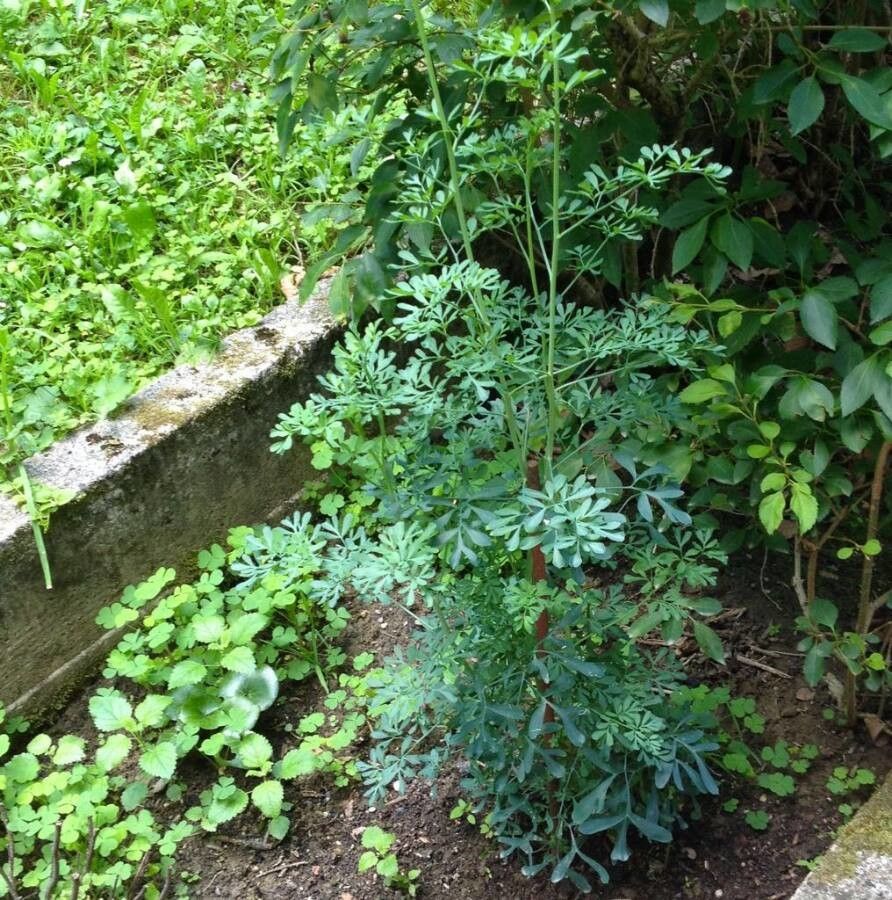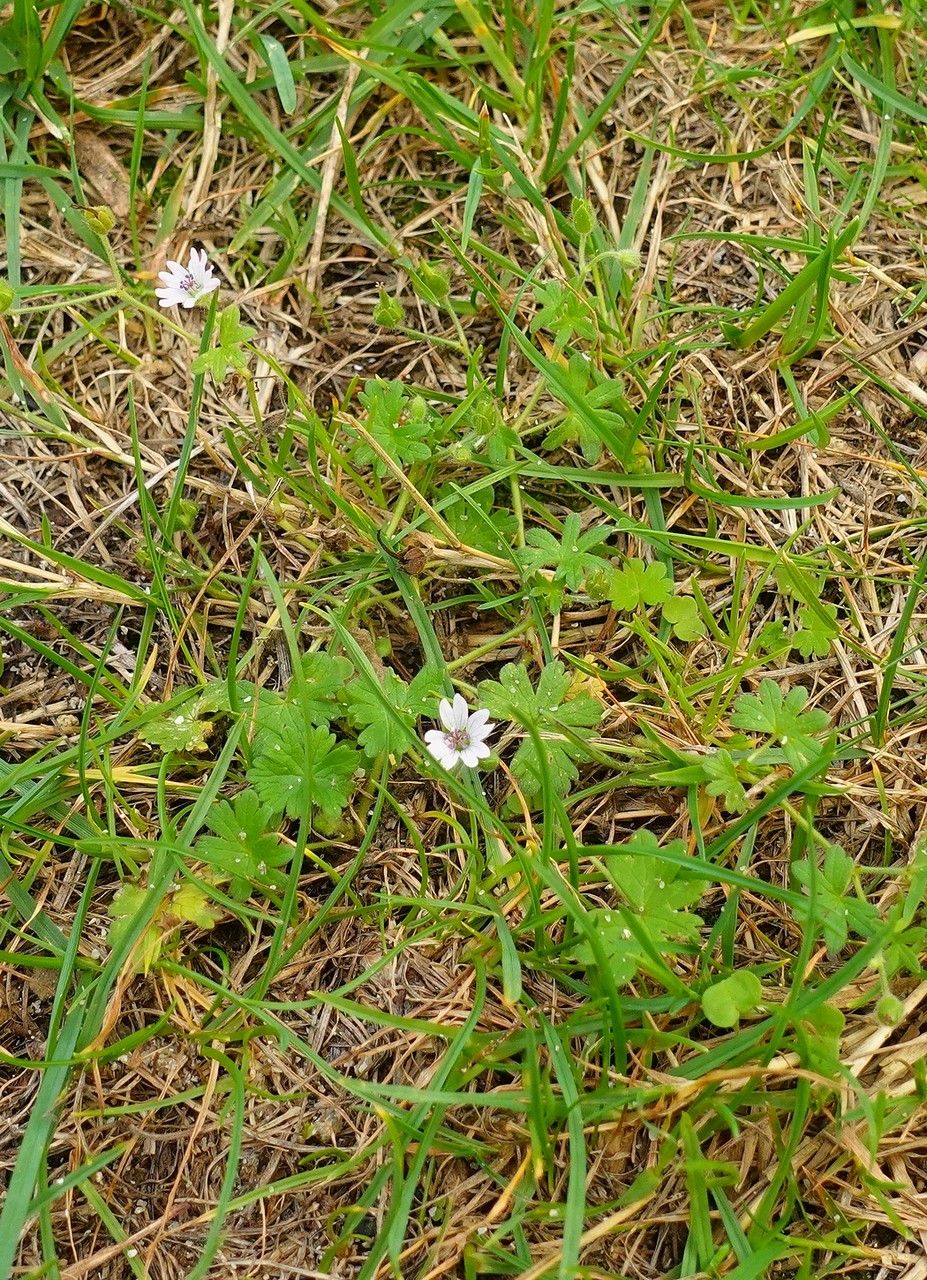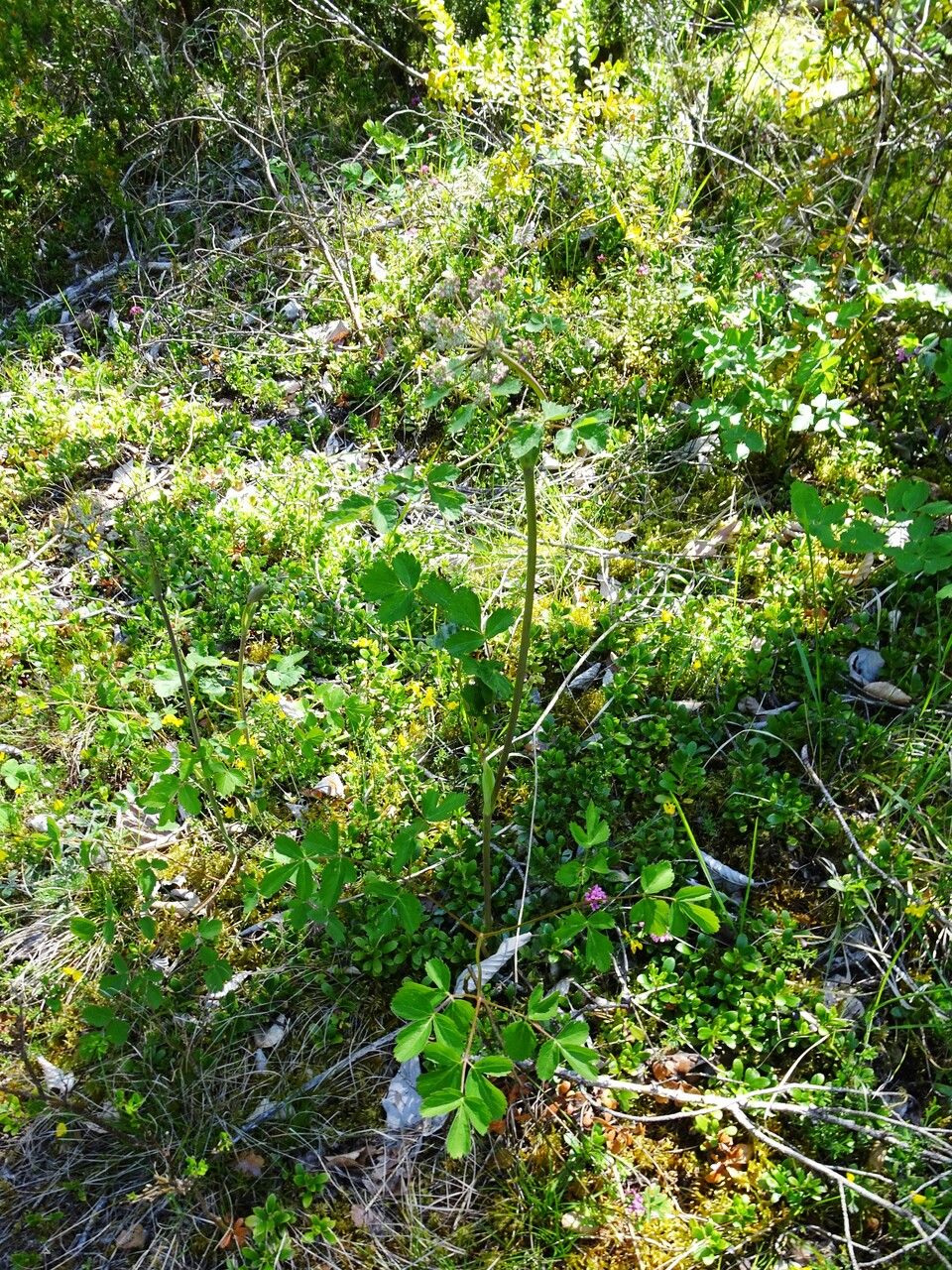## Rue: A Comprehensive Guide to Growing and Caring for This Ancient Herb
Rue ( *Ruta graveolens*), a member of the Rutaceae family, is a captivating herb with a long history intertwined with folklore, medicine, and culinary traditions. Its striking blue-green foliage and intensely aromatic leaves have earned it a place in gardens and hearts for centuries. However, it’s crucial to approach rue with respect, as it contains compounds that can be toxic if ingested in large quantities.
### Botanical Profile
Rue is a perennial herb that can grow up to 3 feet tall. Its leaves are finely divided, giving it a feathery appearance. Small, yellow flowers bloom in clusters during the summer, followed by small, capsule-like fruits containing numerous seeds. The plant's distinctive aroma is pungent and somewhat bitter, described by some as resembling turpentine or lemons. Its fragrance intensifies when the leaves are bruised.
### Habitat and Growth
Rue thrives in well-drained soil and prefers a sunny location. While it tolerates a range of soil conditions, it dislikes overly wet or compacted soil. Good air circulation is also beneficial to prevent fungal diseases. It's remarkably drought-tolerant once established. Propagation is easily achieved from seed, cuttings, or division.
### Sunlight and Soil Needs
Rue requires at least 6 hours of direct sunlight daily to flourish. It tolerates partial shade but will be less vigorous and produce fewer flowers. Well-drained soil is crucial; amend heavy clay soils with organic matter to improve drainage. The ideal soil pH is slightly alkaline, ranging from 6.5 to 7.5.
### Growing Rue from Seed
Start rue seeds indoors 6-8 weeks before the last expected frost. Sow seeds about ¼ inch deep in a seed-starting mix. Keep the soil consistently moist but not soggy. Once seedlings have a few true leaves, transplant them into individual pots. Harden off the seedlings before planting them outdoors after all danger of frost has passed.
### Uses and Precautions
Historically, rue has been used for various purposes, including medicinal and culinary applications. However, it's essential to emphasize that rue is toxic and should never be consumed internally without the guidance of a qualified healthcare professional. Even topical application can cause skin irritation or allergic reactions in some individuals. Always handle rue with gloves to avoid contact dermatitis. Keep the plant out of reach of children and pets.
### Pest and Disease Management
Rue is generally pest-resistant. However, aphids and spider mites can occasionally infest the plant. Regularly inspect your rue plants and treat any infestations promptly with insecticidal soap or neem oil. Ensure good air circulation to prevent fungal diseases.
### Harvesting and Storage
The leaves of rue can be harvested throughout the growing season. Harvest the leaves before the plant flowers for the best flavor and aroma. Dry the leaves in a cool, dark, and well-ventilated area. Store the dried leaves in airtight containers away from light and moisture.
This fascinating plant has a rich history, and with proper care, can be a beautiful and interesting addition to your garden. Remember always to prioritize safety when handling rue.
Rue: Grow & Care Guide for This Aromatic Herb

Frequently Asked Questions
How to grow rue from seed?
Sow seeds indoors 6-8 weeks before the last frost, about ¼ inch deep. Keep moist but not soggy. Transplant to individual pots, then harden off before planting outdoors.
Is rue poisonous to humans and pets?
Yes, rue contains toxic compounds. Ingestion can cause serious health problems. Always handle with gloves and keep out of reach of children and pets. Topical application can also cause skin reactions in some people.


